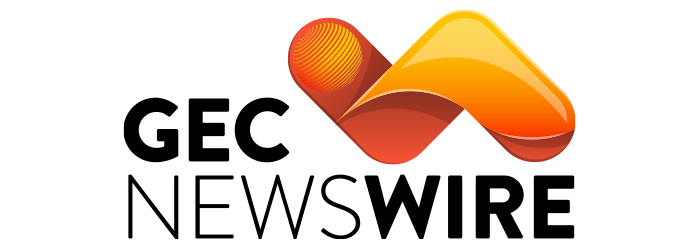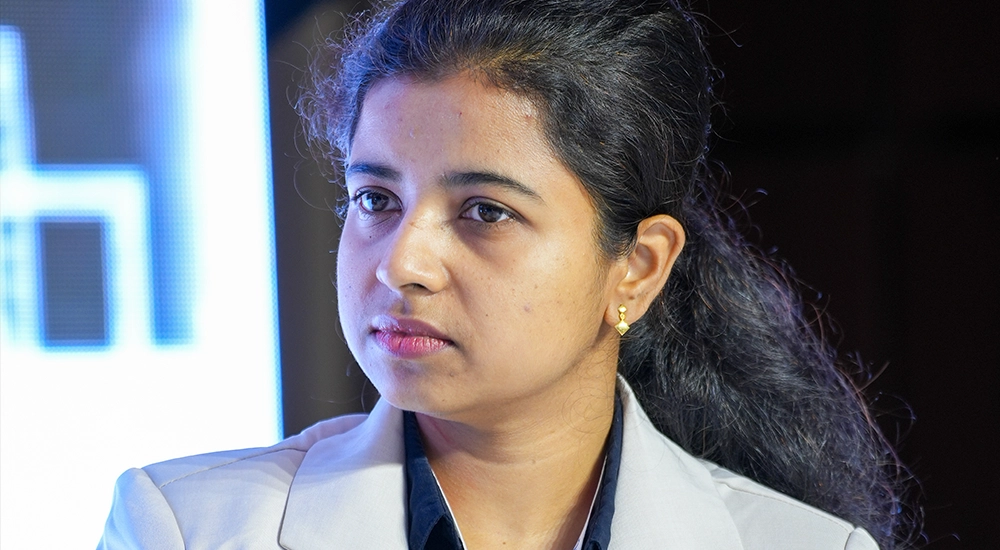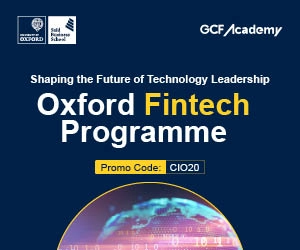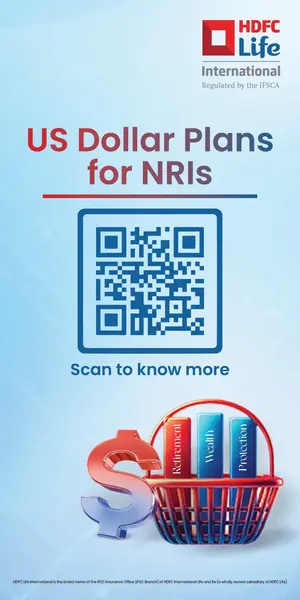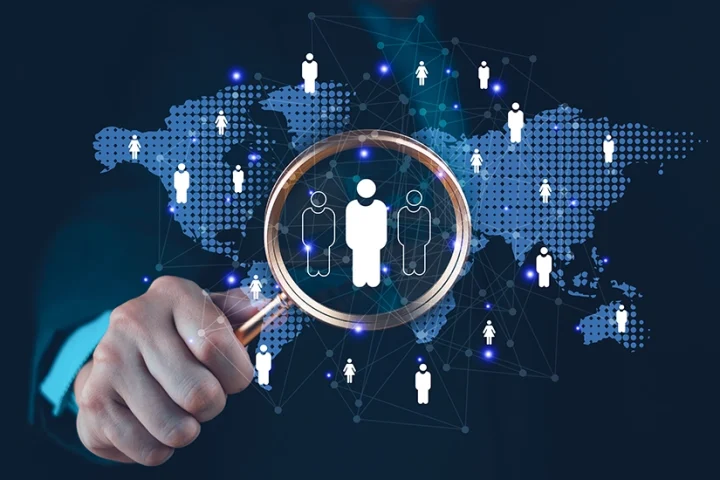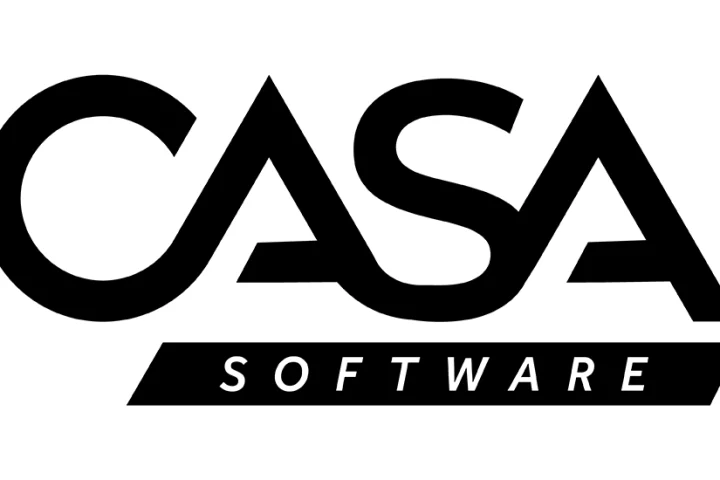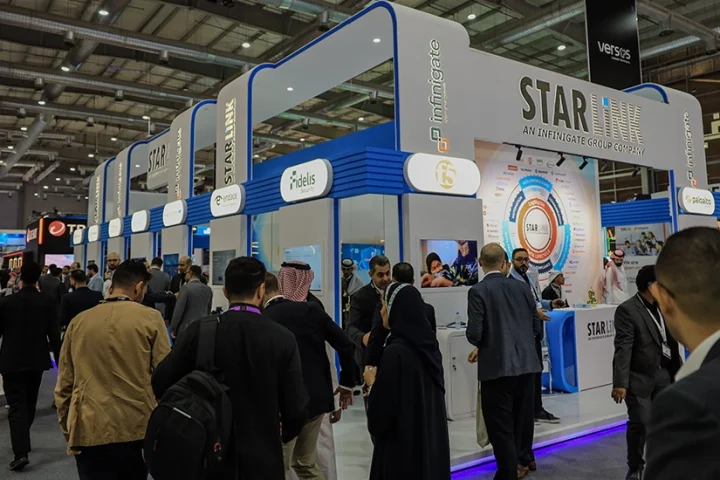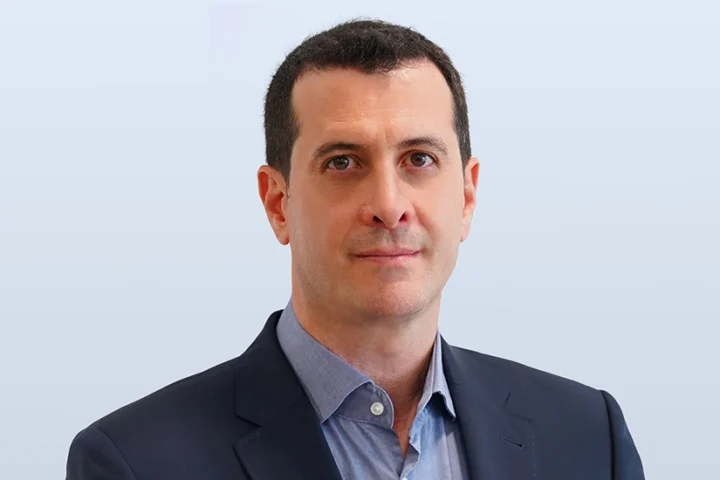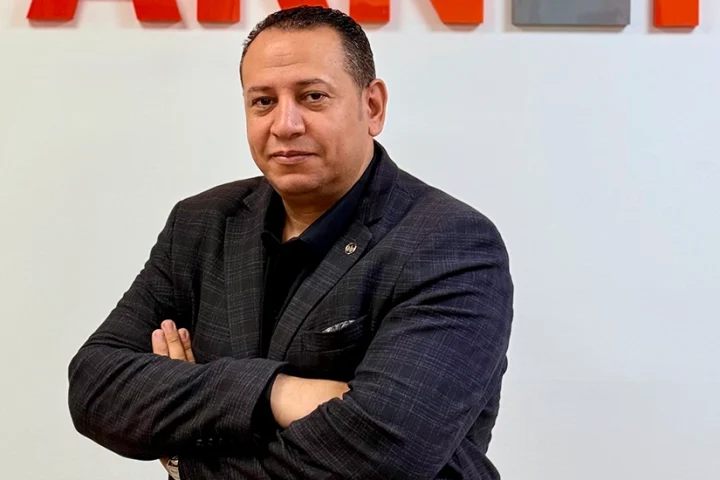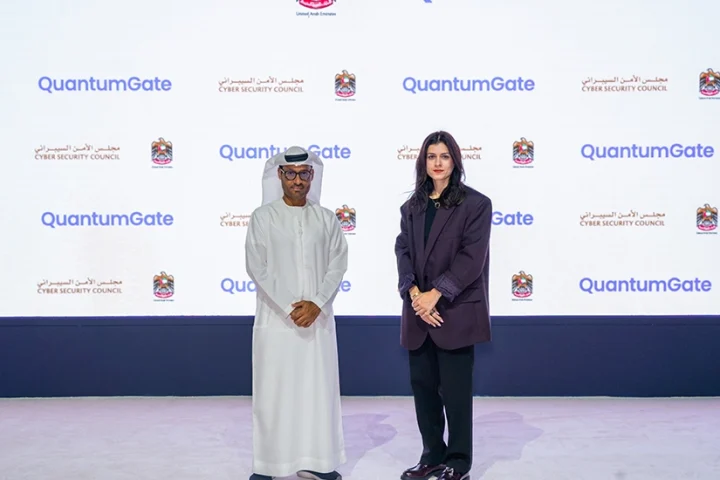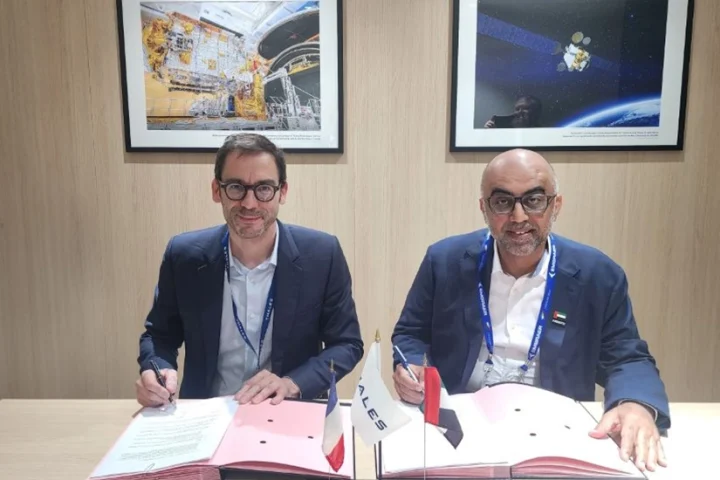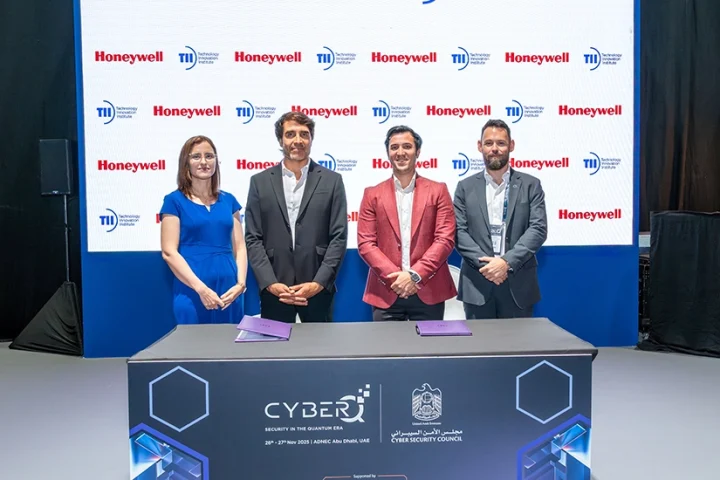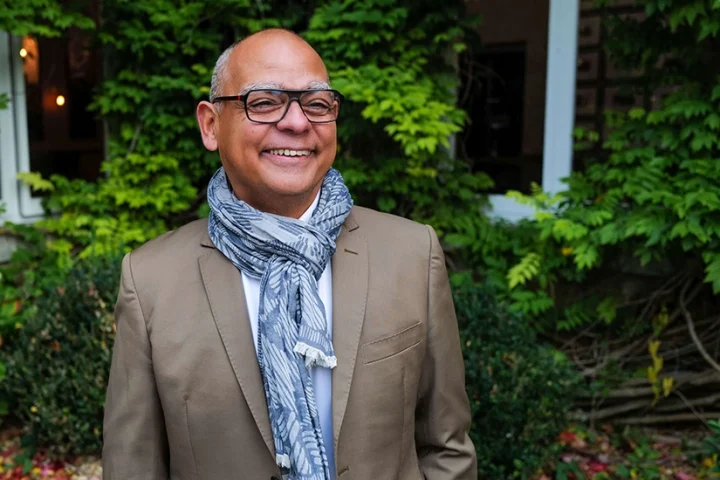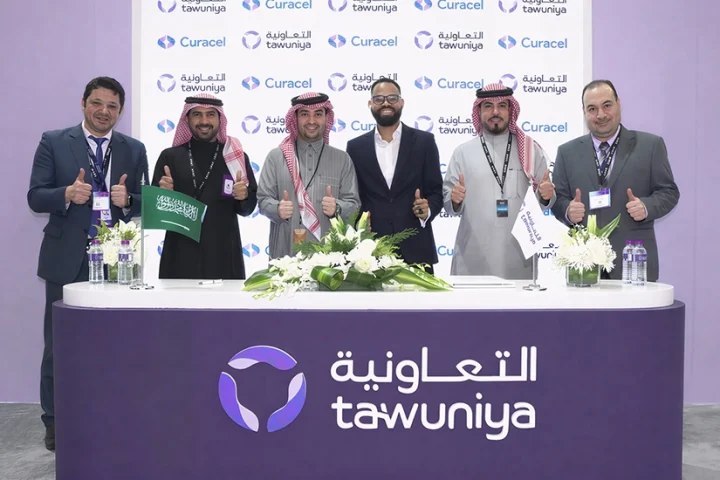Ashiya Noorie, AI Teacher at Credence High School Dubai, shares her inspiring journey into AI education, her hands-on approach to teaching ethical innovation, and her vision for nurturing the UAE’s next generation of responsible tech creators.
- Can you tell us about your journey into the world of AI and what inspired you to start teaching it in the UAE?
My journey into the world of AI began during my MTech at Gauhati University, where I worked on a predictive model to detect artificial flooding along the Brahmaputra riverbanks. The project fused automation with computational intelligence in solving real-world challenges. That experience became a turning point, it wasn’t just about building models, but about leveraging technology to create sustainable impact.
When I moved to the UAE, I realized there was a growing curiosity among students and professionals alike about AI, but often a gap in accessible, hands-on education. That inspired me to start teaching AI, not just as a subject, but as a mindset. I wanted learners to see AI not as a distant, complex field but as a tool they could use to shape industries, solve community problems, and drive innovation.
Today, as an AI educator, I feel a deep sense of responsibility to nurture future-ready minds in this region. Teaching AI in the UAE is not just a profession for me; it’s a purpose-driven journey to build an ecosystem of ethical, empowered innovators.
- With the rise of generative AI, how do you see the boundaries between creativity and computation evolving?
Generative AI is transforming creativity by blending human imagination with computational power. Rather than replacing creativity, AI amplifies it, helping produce music, art, stories, and designs more quickly and collaboratively. The process shifts from building from scratch to curating and refining AI-generated ideas, with humans providing vision and ethics. This evolution raises questions of originality and ownership, who truly “creates”? As educators, we teach students to critically evaluate AI outputs and understand biases. The boundary between creativity and computation now forms a collaborative space, making innovation accessible to all.
- How do you see the role of AI education evolving in schools and universities across the UAE?
AI education in the UAE is evolving fast, especially with generative AI blurring creativity and computation. Tools like Gemini, ChatGPT, Claude, Perplexity etc. let students prototype ideas and experiment freely, democratizing creative expression. This fosters innovation and critical thinking but also raises ethical questions about AI-generated content’s originality and ownership. Education now encourages students to move beyond right or wrong answers, using AI to explore, iterate, and co-create. AI learning in the UAE is shaping a future where technology and human creativity merge, unlocking endless possibilities.
- What unique challenges do students face when learning AI, and how do you address them in your teaching approach?
Students struggle to shift from passive users of AI to creators, facing the invisible complexity of how machines think and learn. They’re excited by AI’s power but often miss its ethical responsibilities. To bridge this, I foster curiosity through questions like, “Can AI be biased?” Then we move to hands-on projects, building chatbots or fake news detectors, while reflecting on ethics throughout. My goal is to teach AI not just as a skill but as a mindset, to help students shape the future responsibly.
- How is AI transforming the way we think, learn, and work in 2025?
In 2025, AI is a partner shaping how we think, learn, and work. Education benefits from personalized learning, instant feedback, and inclusive classrooms. Students own their progress; educators gain data insights. At work, AI automates routine tasks and boosts decision-making, freeing professionals to focus on creativity and strategy. More deeply, AI changes our thinking, urging us to question data, consider ethics, and develop critical skills. In the UAE, this shift aligns with national innovation goals. As an educator, I guide students to understand AI and lead with it, ethically and creatively.
- How do you balance theoretical knowledge with hands-on practical experience in your AI curriculum?
Theory explains the why, but hands-on experience delivers the how and what if. I create environments where concepts come alive, for example, asking students to train a model recognizing moods from selfies, sparking curiosity about backpropagation. My “learn, build, reflect” model breaks theory into chunks, followed by mini projects like bias-checking apps, then reflection. Tools like Teachable Machine and Google Colab help bridge gaps before deep coding. My goal is to develop not just AI skills but responsible, curious thinkers who grasp intelligent systems deeply.
- Are there any specific AI tools or platforms you use to enhance learning, and why do you prefer them?
Yes, I integrate a wide range of AI tools to make learning dynamic, accessible, and aligned with real-world innovation. For beginners, Google Teachable Machine helps students intuitively build image or sound models without coding. For advanced learning, Google Colab supports Python-based experiments in real time. Younger students explore AI logic through Scratch AI and MIT App Inventor. To promote ethics and digital responsibility, I use AI4K12 and Common Sense Education.
Lately, I’ve introduced tools like Gemma by Google for lightweight model prototyping and Landing AI, which allows students to train vision models with minimal data, ideal for real-world industrial use cases. We also explore Affectiva, which brings emotional AI into discussions around human-AI interaction. These tools combine technical depth with creativity and critical thinking, empowering students to not just use AI, but build with it thoughtfully.
- With generative AI tools like ChatGPT becoming more common, how do you integrate them into your lessons while encouraging critical thinking?
I treat generative AI tools like Gemini or ChatGPT as thinking partners, not encyclopedias. Students don’t just get answers, they question them: Is this accurate? What’s missing? I use “Reverse Engineering AI,” where students analyze how outputs form, revealing assumptions and biases. We also explore AI’s creative, emotional, and ethical limits, sparking discussions on human uniqueness. This approach nurtures critical thinkers and ethical innovators ready to work thoughtfully with AI.
- What impact do you think AI education can have on the UAE’s ambition to become a global AI hub?
AI education fuels the UAE’s ambition to become a global AI hub by empowering its next generation of innovators, not just importing external expertise. When students learn to build, question, and responsibly apply AI, they become the architects of homegrown solutions—whether in smart cities, energy, healthcare, or logistics.
By embedding AI literacy from a young age, the UAE cultivates a talent pool that understands both the power and ethics of intelligent systems. This fosters a culture of local research, innovation, and entrepreneurship, allowing global companies to find skilled partners right in the region.
Moreover, AI-literate citizens drive public trust, regulatory insight, and societal acceptance, making it easier for the UAE to scale ethically informed AI initiatives, from autonomous transport to digital governance. In essence, strong AI education is the launchpad for sustainable AI leadership: transforming ambition into capability, and aspiration into global influence.
- Can you share a success story or standout moment from your students that demonstrates the real impact of AI education?
One of the most rewarding moments in my teaching career was students who initially struggles with coding and seemed disengaged suddenly discovers a passion for AI. With gentle encouragement and access to user-friendly AI tools, these students began experimenting with creating a simple app, something they never imagined they could do.
As they made progress, their confidence blossomed. When I gave positive feedback on their effort and creativity, I saw a transformation—not just in their skills, but in their self-belief. They proudly shared their app with classmates and even helped peers get started with AI tools.
This moment reminded me that AI education is about unlocking hidden potential. It’s not just for the tech-savvy; it’s a gateway for every student to find their voice, build confidence, and realize that they too can be creators and innovators in the digital age.
- What excites you the most—and what concerns you the most—about the future of artificial intelligence?
What excites me most about artificial intelligence is its boundless potential to amplify human creativity and solve complex global challenges. AI can accelerate breakthroughs in medicine, climate science, education, and more, unlocking innovations that were once unimaginable. The prospect of AI collaborating with humans as a true partner, enhancing our abilities rather than replacing them—is incredibly inspiring.
At the same time, my greatest concern lies in the ethical and societal implications of AI’s rapid growth. Without thoughtful governance, issues like algorithmic bias, misinformation, and loss of privacy could deepen inequalities and erode trust. I worry about a future where AI systems operate as opaque “black boxes,” making decisions without accountability or human understanding.
Balancing innovation with responsibility is key. We must ensure that as AI evolves, it does so with transparency, fairness, and respect for human values, so it becomes a force for good rather than unintended harm.
I would conclude by saying that I’m truly honored to contribute to AI Times magazine, by GEC Media Group, a special edition highlighting AI education in the region through my journey.
